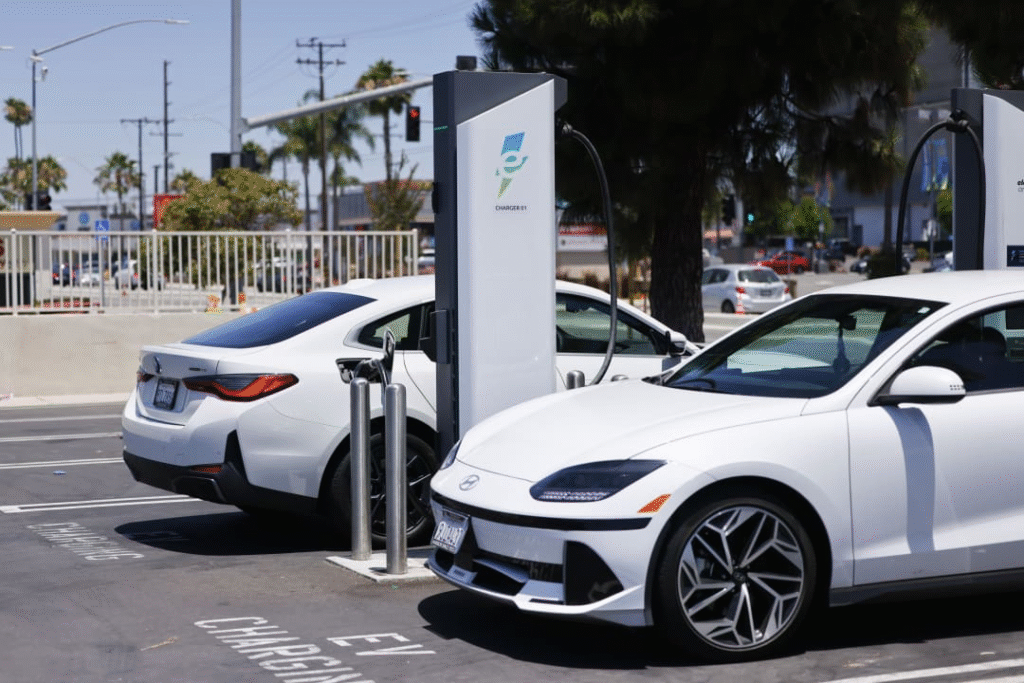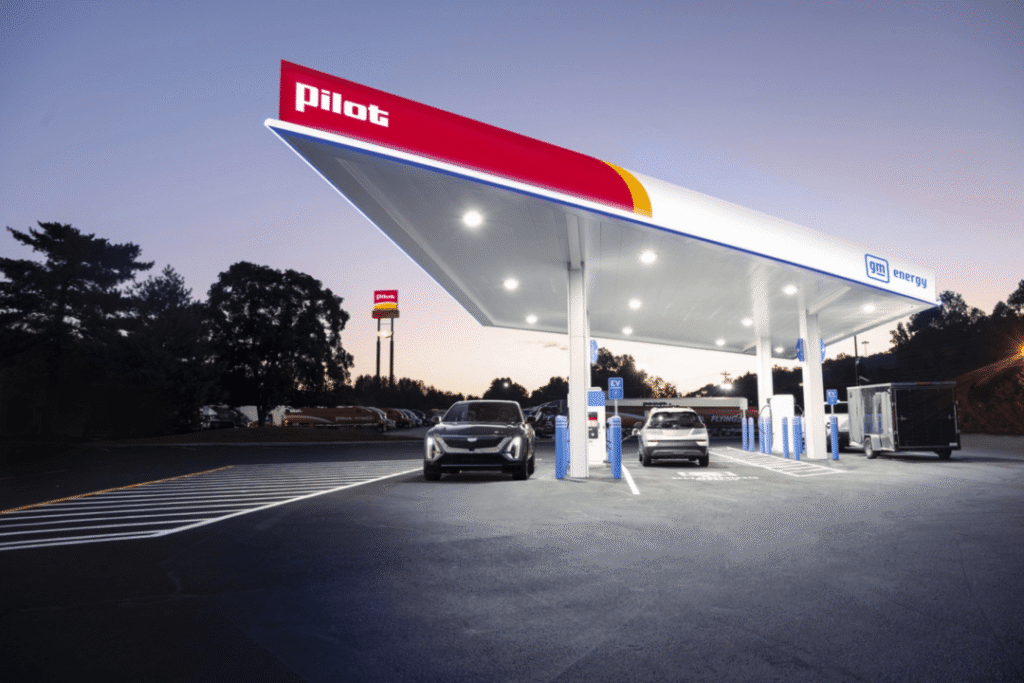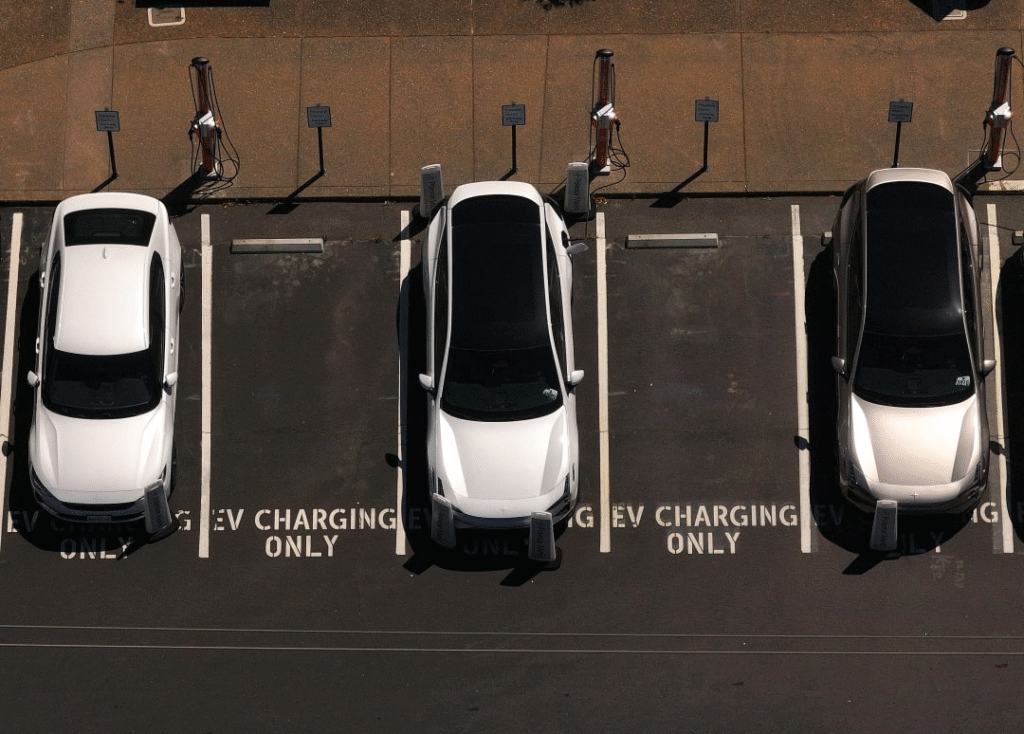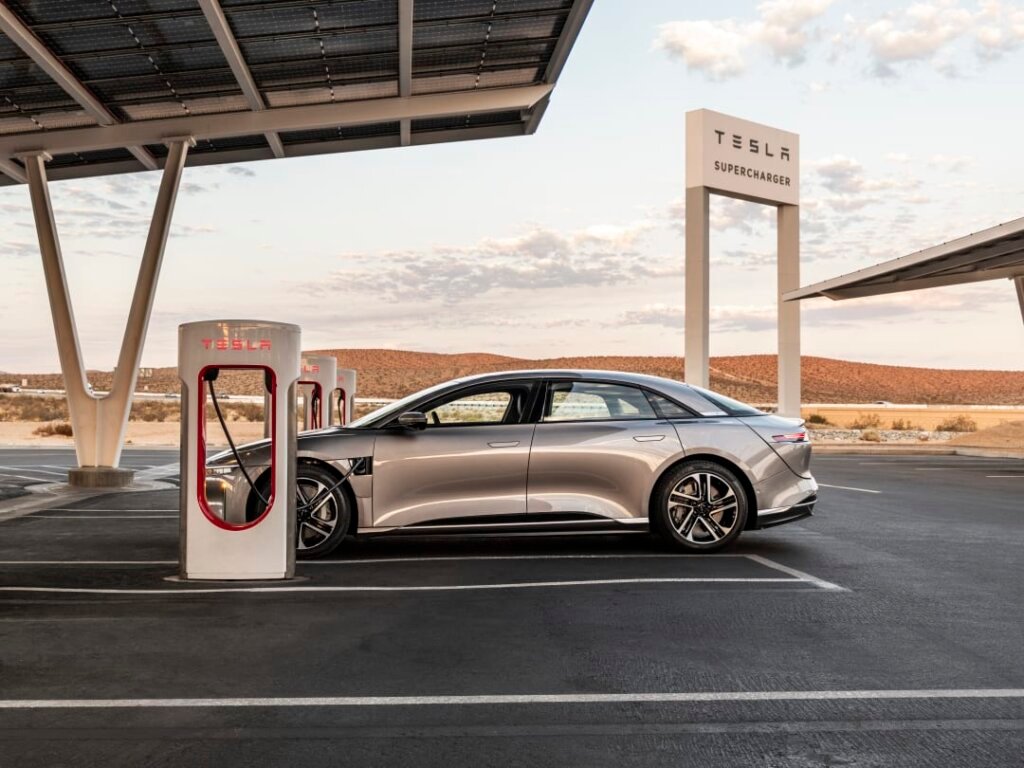U.S. EV Charging Network Expands at Record Pace, Outpacing Fading Federal Tax Credits
Despite the phasing out of federal tax credits for electric vehicle purchases, the U.S. EV charging network is expanding at a record pace, with infrastructure development accelerating faster than ever. The third quarter alone saw approximately 780 new public high-speed charging stations open across the nation—the largest single-quarter jump on record, according to Department of Energy data. This robust growth, a 19% increase in fast chargers so far this year, signals a significant push to meet the demands of a growing EV market, even as some forecasts predict a potential cooling of EV sales.

Record Expansion in Charging Infrastructure
The U.S. is witnessing unprecedented growth in its EV charging capabilities.
- Largest Quarterly Jump: About 780 public high-speed charging stations were added in the third quarter, marking the biggest single-quarter expansion on record.
- Significant Annual Growth: The network of fast chargers has grown by a remarkable 19% year-to-date.
- Analyst Optimism: Chris Pierce of Needham & Co. noted, “The growth is pretty amazing right now given current policy and investment sentiment,” highlighting that much of this expansion likely stems from projects initiated before recent policy shifts.
- Far From Saturated: Despite the rapid buildout, charging operators and analysts agree the market is “nowhere near a saturation point,” indicating continued demand for expansion.

Shifting Charging Habits and Rural Focus
The demographic of EV drivers and their charging habits are evolving, driving new strategies for infrastructure development.
- Increased Public Charger Reliance: While early EV adopters primarily charged at home, newer EV buyers—especially rideshare drivers and those with used electric cars—are increasingly relying on public chargers. EVgo CEO Badar Khan anticipates this trend to continue.
- Retail Partnerships: This shift has spurred a surge in partnerships between charging providers and retailers, restaurants, and travel centers. Brands like Cracker Barrel, Target, Wawa, Ikea, and Dunkin’ Donuts are actively adding chargers to attract EV drivers.
- Truck Stops Lead Rural Charge: Pilot Travel Centers have been particularly aggressive, with over a quarter of their 800 nationwide truck stops now featuring EV chargers. They added 27 new stations last quarter.
- Addressing “Electron Deserts”: Pilot’s focus on underserved rural regions, such as the Dakotas, Wyoming, and parts of the Deep South, is crucial for closing critical gaps in America’s charging access outside major metro areas.
Policy Whiplash and Market Outlook
Despite some warnings about a potential slowdown in EV sales, charging executives remain optimistic about long-term growth.

- EV Sales Forecasts: Ford CEO Jim Farley recently predicted a potential dip in EV sales from 10% to 5% in the fourth quarter, attributing it to the disappearance of federal incentives.
- Infrastructure Catching Up: Charging executives, however, argue that the current infrastructure buildout is merely catching up to years of accumulated demand. They believe that lower EV prices and an increasing variety of new models will stabilize demand.
- State and Federal Funding: While some federal subsidies for buyers have faded, funding for chargers has quietly resumed. A $5 billion federal program for rural and disadvantaged communities, previously frozen, was restored by court order in June.
- State-Level Investment: States like Illinois are already benefiting, with an announcement of $18 million in grants for 25 new high-speed charging stations along interstate corridors.
- Combined Effort: This mix of renewed federal funding, state-level investment, and private sector expansion ensures that even amid policy uncertainties, the nation’s charging network is advancing faster than ever.
Final Thoughts
The rapid expansion of the U.S. EV charging network is a testament to sustained investment and evolving market demands. This infrastructure growth is a critical component in the broader transition to electric mobility, providing confidence to consumers and supporting the long-term viability of EVs, regardless of short-term sales fluctuations.
Also Read – Genesis GV70 Hybrid and EREV Confirmed: Smart SUVs Bridge Gap to Full Electrification by 2026




Pingback: BMW South Africa Unveils Limited-Edition 325iS Homage & 333i Homage: A Tribute To '90s Cult Classics - Mechhelp